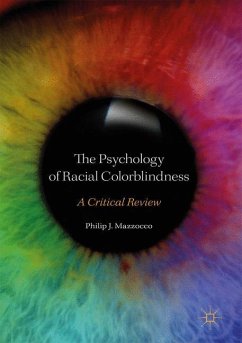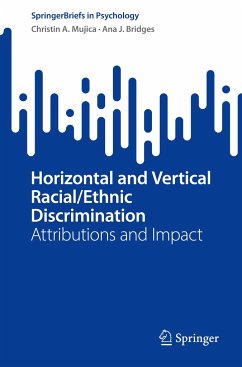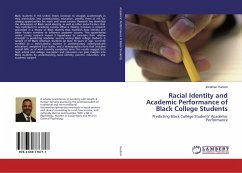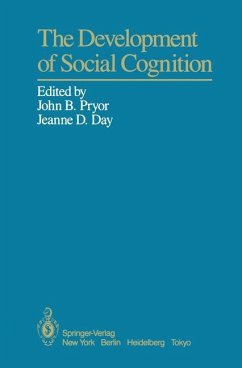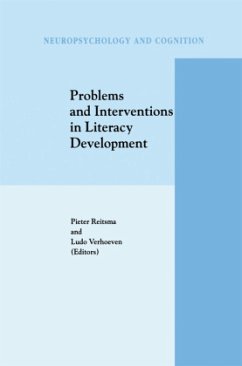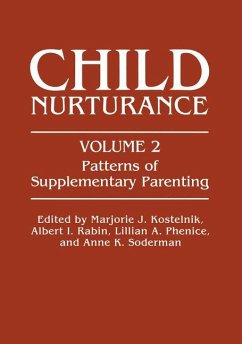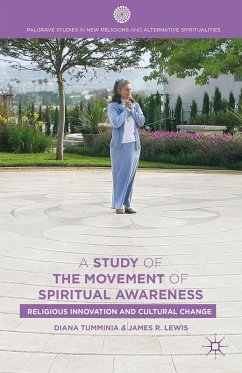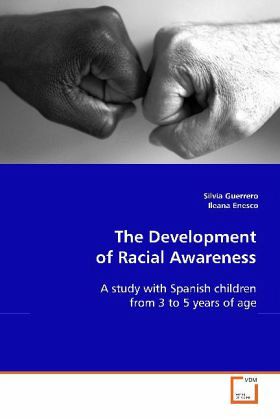
The Development of Racial Awareness
A study with Spanish children from 3 to 5 years of age
Versandkostenfrei!
Versandfertig in 6-10 Tagen
32,99 €
inkl. MwSt.

PAYBACK Punkte
16 °P sammeln!
According to the Socio-Cognitive theory the development of prejudice during childhood is related to, and dependent on, the development of cognitive abilities:Prejudice in childhood should be conceptualized more as a developmental outcome than as a personality trait. Several tasks were designed to measure the different aspects that conform children s racial awareness:Perception of similarities and differences between racial groups, Comprehension of the social labels that designate different social groups, and Membership selfidentification. We also assessed children s early racial attitudes by t...
According to the Socio-Cognitive theory
the development of prejudice during childhood is
related to, and dependent on, the development of
cognitive abilities:Prejudice in childhood should be
conceptualized more as a developmental outcome than
as a personality trait. Several tasks were designed
to measure the different aspects that conform
children s racial awareness:Perception of
similarities and differences between racial groups,
Comprehension of the social labels that designate
different social groups, and Membership
selfidentification. We also assessed children s
early racial attitudes by traditional tasks of
preferences and rejections.The results showed that
racial awareness increased dramatically between
three to four years of age:During these critical
ages children become more realise that color of skin
is a relevant social cue. The preferences towards
ingroup were stronger than the rejections towards
outgroups. The rejections and the membership
identification were the two aspects that conform
racial awareness more related to the cognitive level
of the child.
the development of prejudice during childhood is
related to, and dependent on, the development of
cognitive abilities:Prejudice in childhood should be
conceptualized more as a developmental outcome than
as a personality trait. Several tasks were designed
to measure the different aspects that conform
children s racial awareness:Perception of
similarities and differences between racial groups,
Comprehension of the social labels that designate
different social groups, and Membership
selfidentification. We also assessed children s
early racial attitudes by traditional tasks of
preferences and rejections.The results showed that
racial awareness increased dramatically between
three to four years of age:During these critical
ages children become more realise that color of skin
is a relevant social cue. The preferences towards
ingroup were stronger than the rejections towards
outgroups. The rejections and the membership
identification were the two aspects that conform
racial awareness more related to the cognitive level
of the child.



